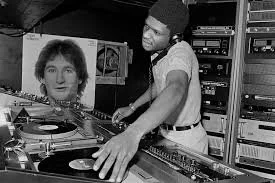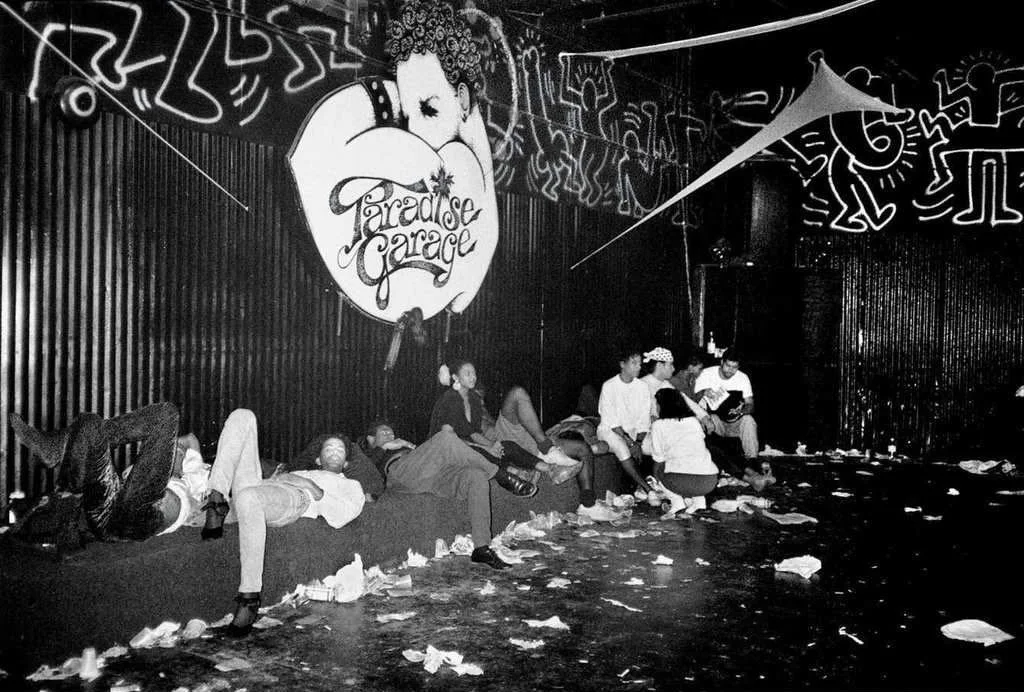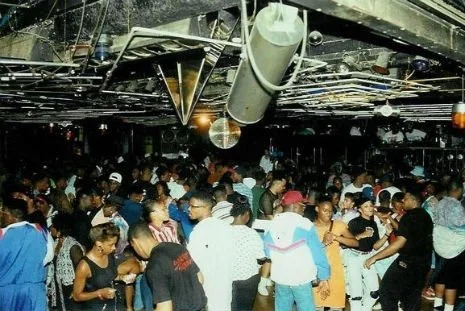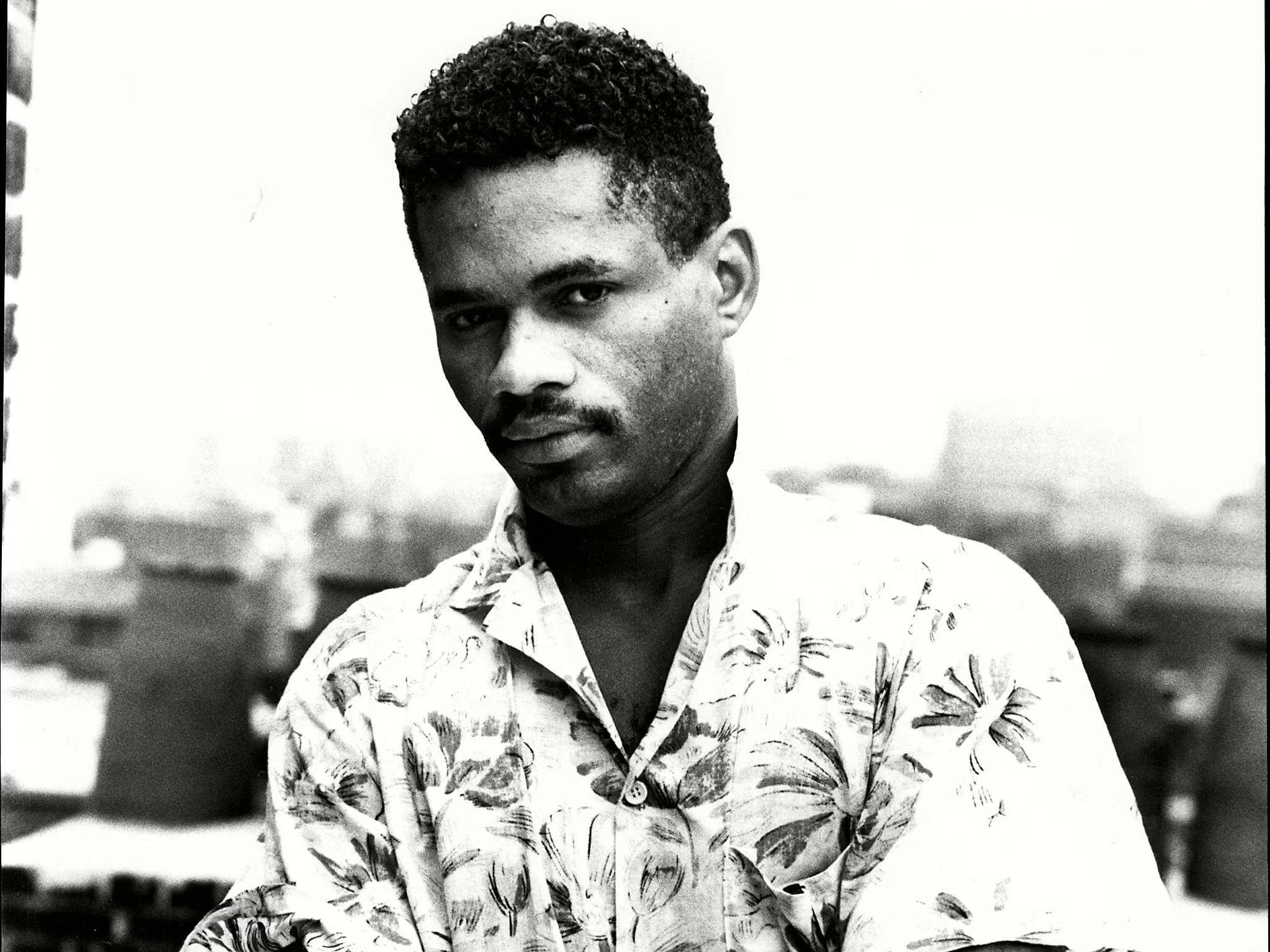NYC Garage & Early Deep House
A couple of quick updates before we dive in:
Youtube Episodes 1–3 are finally all live! If you’ve been following the series, thank you for every like, share, and comment!
I’m drafting this piece from a tiny café in Friedrichshain, Berlin. The city’s 5 a.m. S-Bahn screech and endless music parties are pouring fresh fuel on this project. Perfect timing, because Episode 4 is all about the New York/New Jersey garage scene and the birth of deep house—music that thrived in spaces that feel eerily similar to the basements Berlin is famous for.
Links are stripped for now. Im still collecting the full list of sources so you don’t have to play detective.
First, a Socio-Cultural Context: LGBTQ+ Nightlife, Diversity & the AIDS Era
New York City in the late ’70s and early ’80s was messy and magnificent. Post-Stonewall liberation was in full swing, but so were skyrocketing rents, city-wide blackouts, and the terrifying shadow of a “mysterious disease” we’d later call AIDS. In that chaos, underground clubs doubled as sanctuaries.
Picture it: A nondescript door somewhere in SoHo. Inside, sweat-slicked bodies of every race, pronoun, and tax bracket move as one to a kick drum that feels like it’s welded to your ribcage. The outside world might judge, but in here the only rule is don’t kill the vibe. These dance-floor “churches” didn’t just soundtrack a scene; they helped a community survive.
Bonus context: Paradise Garage wasn’t just an escape; it regularly partnered with Gay Men’s Health Crisis for fund‑raisers, turning Saturday nights into lifelines (NYC LGBT Historic Sites, 2024). ACT‑UP flyers sometimes found their way onto the club’s bulletin board—proof that the revolution sweated and two‑stepped in equal measure.
The Loft: Love Saves the Day—Literally
Before anyone called it “garage,” David Mancuso’s invite-only Loft parties laid the blueprint for every house night that followed (NYC LGBT Historic Sites, 2024). No alcohol. No velvet-rope attitude. Just a balloon-covered living-room-meets-soundsystem where the motto was Love Saves the Day.
I wasn’t alive then, but reading first-hand accounts feels like scrolling through ancestral DJ DNA. Mancuso’s marathon sets ran the gamut—African percussion into Salsoul disco into psychedelic rock—and he made sure every record rang crystal-clear on a system he treated like a Stradivarius. That love-first, commerce-last philosophy is why Paradise Garage, The Gallery, and even Chicago’s Warehouse followed suit.
New wrinkle: The Loft’s “BYO everything” ethos (fruit on the kitchen table, punch in a crystal bowl) quietly sidestepped New York’s liquor laws. No booze license meant dawn‑o’clock closing times—catnip for hardcore dancers and blueprint for future after‑hours spots (Lawrence, 2003).
Paradise Garage: Larry Levan’s Sonic Cathedral (1977–1987)
If The Loft was the blueprint, Paradise Garage was the full-color render. Club owner Michael Brody literally built the room around resident DJ Larry Levan, installing a Richard Long soundsystem so powerful dancers swear the bass could rearrange internal organs (RBMA, 2023).
Levan treated the booth like a mad scientist’s lab: dub-style echo throws, mid-set mirrorball polishes, even letting Colonel Abrams’ “Music Is The Answer” loop for an hour just to mess with everyone’s concept of time. He broke every “proper DJ” rule and, in doing so, invented a new one: If the crowd feels it, it’s correct.
My favorite anecdote? At 3 a.m., Levan kills the music, climbs a ladder, and lovingly wipes down the mirrored tiles while a thousand dancers stare up at him in dead silence, waiting for whatever comes next. That is power—and trust—few DJs ever earn.
Quick tech nerd note: Levan’s obsession with sonics led him to tweak crossover points mid‑set. Legend says he kept a jeweler’s screwdriver next to the turntables to adjust amp bias on the fly (RBMA, 2023). Today’s ISO‑flattening DJs have automation; Larry had raw nerve and a screwdriver.
Zanzibar: Jersey’s Answer—Birthplace of the “Jersey Sound”
Hop the PATH train to Newark and you’d find Club Zanzibar, the Garage’s soulful twin across the Hudson (Gray Area, 2024). Resident Tony Humphries pushed gospel-soaked vocals and rolling piano riffs that kept things firmly rooted in R&B even as NYC flirted with electro and early hip-hop.
Humphries’ live radio shows on 98.7 KISS-FM blasted that vibe straight into New York borough bedrooms, and cassettes of his sets ended up in London DJ booths—planting seeds for UK garage before the term existed.
Scene‑stealer story: Zanzibar once hosted the 1988 “Paris Is Burning” drag ball—tigers in cages, Grace Jones in the VIP, and voguing battles fierce enough to melt Richard Long’s woofers (Wikipedia, 2024). If Garage was church, Zanzibar was church after the choir spiked the holy water.
Personal Sidebar: Why This Era Hits Me So Hard
I’m 20, still figuring out the difference between a warm-up set and a peak-time sermon. Digging into Garage history feels like someone handed me a family photo album I never knew existed.
When I’m DJing, the moments I chase—the collective gasp when you pull back the hi-hat, the grin a stranger shoots you when the piano drops—those were engineered on Larry’s floor and Tony’s booth. Knowing that makes me want to practice longer, EQ softer, and maybe pause the track one extra bar just to see who’s really paying attention.
Pioneers & Voices That Shaped the Sound
Larry Levan – The “DJ’s DJ.” Mixed disco, dub, and downright chaos into a blueprint for emotional club sets.
Tony Humphries – Zanzibar’s maestro, champion of gospel-driven, feel-good house.
Frankie Knuckles – NYC transplant who carried the Garage ethos to Chicago’s Warehouse and birthed Chicago house in the process.
Boyd Jarvis – Synth sorcerer behind “The Music Got Me,” one of the earliest proto-house records.
Barbara Tucker – Vocal powerhouse whose church-born pipes gave Garage its heartbeat into the ’90s.
Blaze (Kevin Hedge & Josh Milan) – Jersey producers who baked Rhodes chords and choir harmonies into what we now label “soulful house.”
Tee Scott – Remix king whose dub versions on Prelude Records taught DJs how to strip a track to its bones and make it hit harder (Insomniac, 2023).
François Kevorkian – Frenchman turned New Yorker who welded rock sensibilities to disco edits, later co‑founding Body & SOUL and keeping the deep vibe alive into the 2000s (RBMA, 2023).
Jocelyn Brown – The voice behind “Somebody Else’s Guy,” sampled to oblivion because she could turn a 12‑inch into a tent‑revival (Wikipedia, 2024).
Colonel Abrams – “Trapped” charted, but it was his Garage fave “Music Is The Answer” that proved male vocals could preach just as hard as divas (RBMA, 2023).
The Signature Sound: Gospel Soul Meets Dub Science
Garage and early deep house thrive on contrasts:
Top Layer: Church‑level vocals and piano stabs that could make a cynic cry. Jazzy, seventh‑chord synth pads. Lyrics about love, unity, and salvation.
Underbelly: Sub‑smacking 4/4 kicks sitting around 118 BPM. Dub‑style delay throws and echo chambers. Stripped‑down drum‑machine grooves (often an 808 or 909)
That blend makes me think of a velvet-lined hammer: comforting, but it’ll still knock you flat if you’re not ready.
Foundational Tracks - some will be EP 4
“Weekend” – Class Action (Larry Levan Mix), 1983
“Don’t Make Me Wait” – Peech Boys, 1982
“Heartbeat” – Taana Gardner (Club Version), 1981
“The Music Got Me” – Visual, 1983
“Love Is the Message” – MFSB (Tom Moulton Mix), 1977
“Music Is the Answer” – Colonel Abrams, 1984
“Move Your Body” – Marshall Jefferson, 1986
“Can You Feel It” – Mr. Fingers, 1986
“Someday” – CeCe Rogers, 1987
“Where Love Lives” – Alison Limerick (Frankie Knuckles Mix), 1990
“Follow Me” – Aly-Us, 1992
Each record is a breadcrumb on the trail from disco’s ashes to today’s deep-house sunrise sets.
Beyond NYC: The Ripple Effect
By the mid-’90s, “garage” in London meant sped-up NJ vocals riding skippy breakbeats—hello, UK garage. Meanwhile, producers like Masters At Work, Kerri Chandler, and even Beyoncé’s latest nods (Renaissance, anyone?) keep the spirit alive on mainstream stages. Point is: drop a soulful hook over a house groove anywhere on Earth and you’re echoing Paradise Garage.
Where I’m At Now
Berlin’s techno-heavy nights might seem worlds apart from Larry Levan’s gospel-drenched Sundays, but the connective tissue is community. Whether it’s a Berghain staircase or the Garage ramp on King Street, the goal is the same: lose your baggage, find the beat, leave lighter than you arrived.
Episode 4 goes live the moment my laptop stops overheating from video renders. Until then, spin a couple of the tracks above and imagine Taana Gardner whisper-singing “Heartbeat” while you wait for sunrise. I’ll meet you on the dance floor—whatever city we’re in.
Want to Dig Deeper?
Red Bull Music Academy. (2023). Larry Levan & Paradise Garage Oral Histories.
NYC LGBT Historic Sites Project. (2024). Mapping New York’s Underground Dance Heritage.
Gray Area. (2024). Tony Humphries and the Birth of the Jersey Sound.
Insomniac. (2023). Boyd Jarvis: Unsung Architect of House.
Lawrence, T. (2003). Love Saves the Day: A History of American Dance Music Culture, 1970–1979.
Wikipedia summaries of key tracks and artists (use for quick fact-checks, then dig deeper).






























